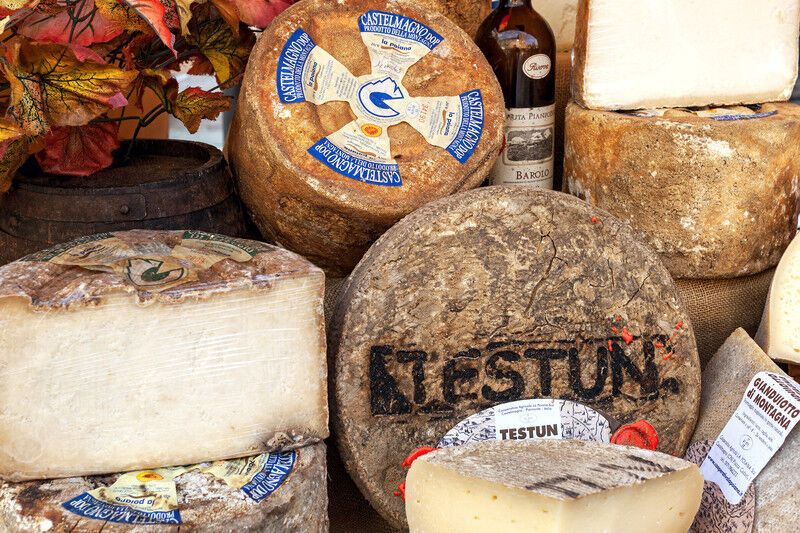The World of Italian Cheeses: The Best of Piedmont Selected for you
What is the Role of Piedmont in the World of Cheese and Italian Cuisine?
A peripheral land, marginal with respect to the rest of Italy, governed for centuries by the Savoy dynasty that had, for a long time, the fulcrum of its dominions and its cultural references on the other side of the Alps. And on the other hand, a land which has experienced, in contemporary times, massive migratory flows.
These conditions in Piedmont do not seem favorable to the development and maintenance of a strong gastronomic identity. Nevertheless, subalpine cuisine enjoys universal prestige. Its fame, still today, is strongly connected to the incredible wines, beef, white truffle and cheese produced here. Yes, great cheeses coming from the alpine area as well as from the hills or plains, used as exceptional table cheeses or as star ingredients in cooking, in countless soups, risottos, gnocchi and sometimes in stuffed pastas.
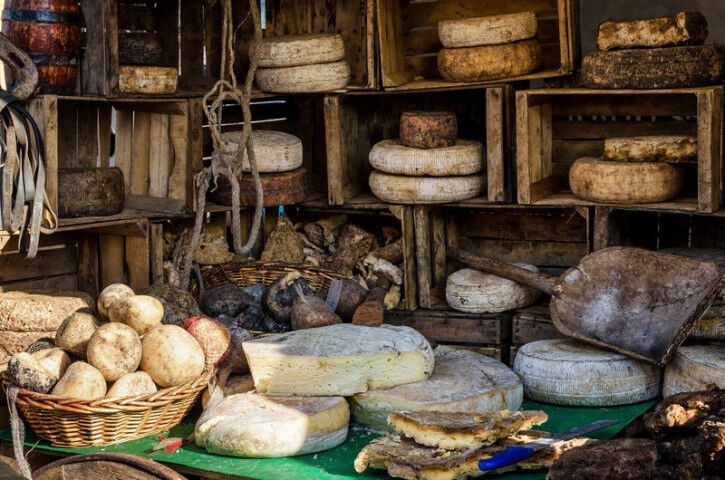
What are the "best" cheeses in Piedmont?
Piedmont has an incredible selection of cheeses to offer and can be considered one of the world's cheese capitals. Here are some of the most famous:
- Bra, produced since ancient times in the town of the same name, but today made throughout the Cuneo area as well as in the province of Turin, where it is found in the variants of soft Bra, hard Bra and mountain pastures Bra.
- Then there is his majesty Castelmagno, produced exclusively in the municipalities of Pradleves, Grana, Monterosso and Castelmagno, a peculiar and very intense semi-hard cheese.
- Another curious cheese, due to its Celtic as well as peasant origins, is Murazzano, produced in several municipalities of the Alta Langa with sheep's milk or a mixture of milk from two different milking sessions.
- Also belonging to the world of dairy is Raschera, and when the cheese is made at an altitude of over 900 meters it is called Raschera di Alpeggio (Raschera of the mountain pastures) with more intense organoleptic characteristics.
- Robiola di Roccaverano (the classic one), of Celtic origin was mentioned as long ago as Pliny the Elder and is a soft cheese produced in some municipalities of the Asti and Alessandria areas exclusively with goat's milk.
- Then there is the Piedmontese Toma, whose etymon "tomè" indicates, in dialect, the phase of coagulation in which the detachment of the casein occurs.
- In the Pellice and Chisone valleys Saras (or Seirass) del fen is made, a hay ricotta with a characteristic grassy aftertaste.
- Finally, Gorgonzola, a national pride, certainly the most famous blue cheese of Italy, originally from the province of Milan but now mainly produced in the province of Novara.
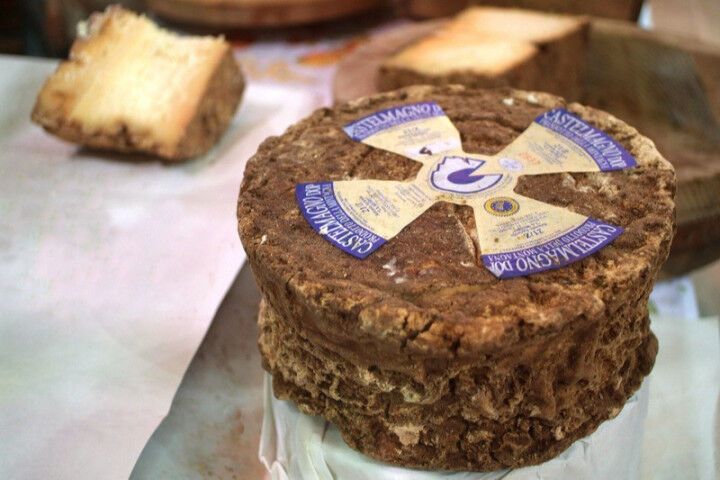
WHAT MAKES CASTELMAGNO CHEESE FROM PIEDMONT SO UNIQUE?
This cheese takes its name from the town of Castelmagno where it has been produced, together with Pradleves and Monterosso Grana, since ancient times.
A DOP cheese since 1996, it is made with cow's milk and, when necessary, with small quantities of partially skimmed sheep's milk. It is a semi-hard cheese, and in the more aged forms it becomes blue-veined. The paste is ivory-white in color, if the cheese is not very aged and later it becomes yellow-ochre with blue-greenish veins.
The rind is thin and reddish-yellow in color, smooth, elastic and regular when the cheese is not very aged, it becomes darker and wrinkled as it ages. The flavor, at first delicate, becomes strong and spicy with the passage of time. It is rightly counted among the greatest cheeses at an international level.

WHAT IS BRA DOP CHEESE?
A semi-fat, pressed cheese made from cow milk, with the possible addition of goat and sheep milk, often partially skimmed, but sometimes also whole. Designated as a DOP since 1996, the cheese is produced in some mountain municipalities of the province of Cuneo using only milk from cows, goats and sheep grazing between May and October on meadowland and pastures of natural origin and then aged in the same areas.
It has a moderately savory flavor when young, and a piquant, stronger nutty and savoury flavor when salt is added.
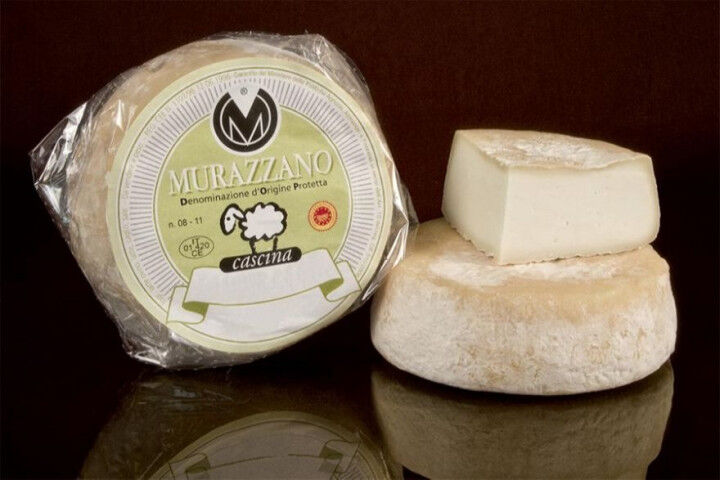
WHAT MILK IS USED IN MURAZZANO DOP CHEESE?
The Murazzano cheese has been designated as a DOP since 1996 and is a full-fat, dry cheese made from pure sheep milk or mixed sheep milk in a minimum proportion of 60%, with the possible addition of up to 40% cow milk.
The paste is milky white in color, with a soft, slightly consistent texture, sometimes with a few holes, and finely grained. It is a worthy member of the larger family of Piedmontese Robiolas.
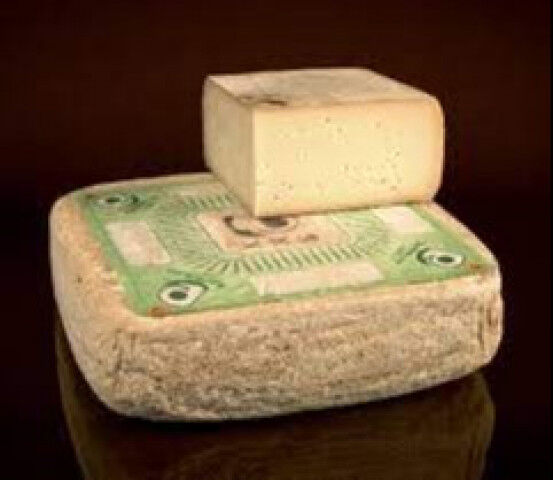
HOW IS RASCHERA DOP CHEESE MADE?
Raschera cheese entered the DOP in 2001 and is produced with cow milk, possibly with a small addition of sheep and/or goat milk, sometimes partially naturally skimmed. It is ivory-white in color, with a firm, elastic structure and scattered, tiny holes.
The rind is thin, reddish-gray with yellowish reflections and reddish patches; delicate flavor, moderately spicy if aged. If produced and aged at altitudes of over 900 m, it can be called "Raschera d'alpeggio," offering the palate the scent of alpine pasture grasses, further enriching a type of cheese whose organoleptic qualities are already incredible
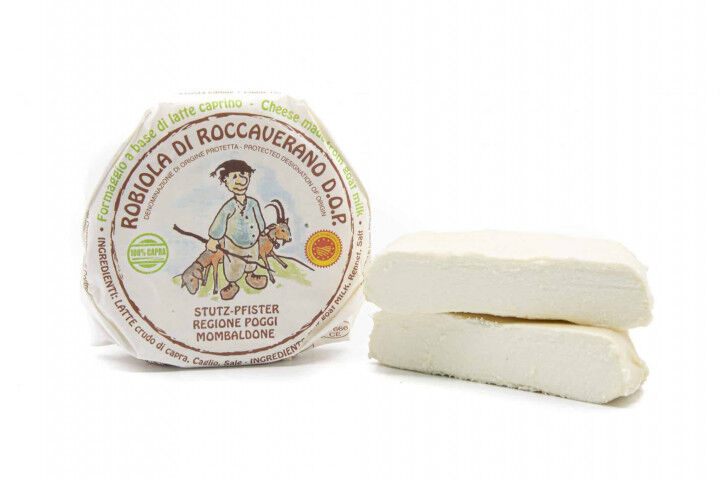
WHERE IS CLASSIC ROBIOLA DI ROCCAVERANO DOP CHEESE MADE?
Probably few people know that Robiola di Roccaverano, which is produced on the rugged and uncultivated hills of the Langa Astigiana, is the only historic goat cheese in Italy, the only one worthy of comparison with the famous French chèvres. When eaten fresh, this robiola offers a simple organoleptic picture: it has nice scents of yogurt, green grass and hazelnut, while the taste has an extraordinary smoothness and flavor.
If aged, it develops light hints of iris and the scents tend to be more aromatic of meadow and wild plants; the taste is enriched with spicy and musky nuances and becomes lingering and enveloping at the end.
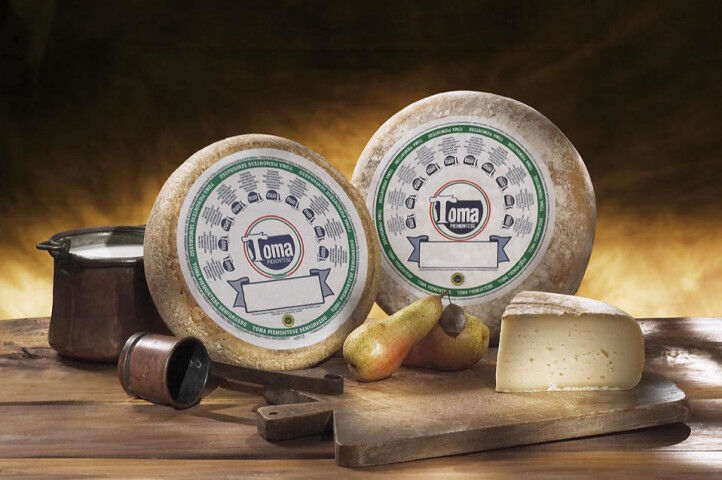
WHERE DOES THE WORD "TOMA" COME FROM?
The origin of the word “toma” is uncertain, it is commonly used in Piedmont, Valle d'Aosta, France in the Savoy, the Pyrenees and even in Sicily. One of the possible etymologies is related to the fall of casein which causes coagulation, a fall which in dialect is called tomé.
Depending on whether whole milk or partially skimmed milk is used, two splendid types are obtained, respectively soft, fatty and with a sweet flavor or semi-hard, semi-fatty and with an intense flavor.
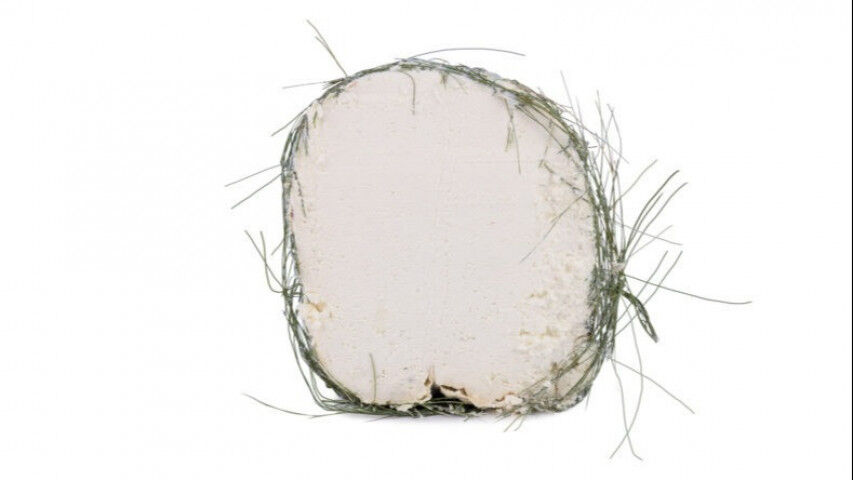
HOW IS SARAS DEL FEN DOP CHEESE MADE?
The habit of wrapping the wheels of this cheese in hay comes from the need to transport the ricotta from the mountain pastures to the valley without it breaking or being attacked by insects.
Since it is a ricotta cheese (but a very good one!), it does not have complex organoleptic characteristics. However, the addition of milk during processing and the presence of fescue give the product particular herbaceous and buttermilk notes that, especially with aging, become more intense and can turn to hints of mold. The taste is smooth, rich, with an excellent persistence, with aging it can achieve creaminess and a spicy finale.

IS GORGONZOLA DOP CHEESE FROM PIEDMONT OR LOMBARDY?
Gorgonzola is the most famous Italian blue cheese. DOP since 1996, it was first produced in the province of Milan (Lombardy), but it is mainly produced (with some peaks of excellence) in the province of Novara (Piedmont), where the Gorgonzola Consortium is based.
It is an extraordinary cow's milk cheese, with uncooked paste whose main characteristic (the marbling) is due to the presence of molds of the Penicillium genus, introduced into the milk during production, which during aging form unmistakable streaks and bluish-green spots. It has a strong flavor that drives many palates "crazy" and tends to become spicy as it ages. Today it is preferred in the sweet version, with a medium consistency which is spreadable and offers superlative taste sensations.
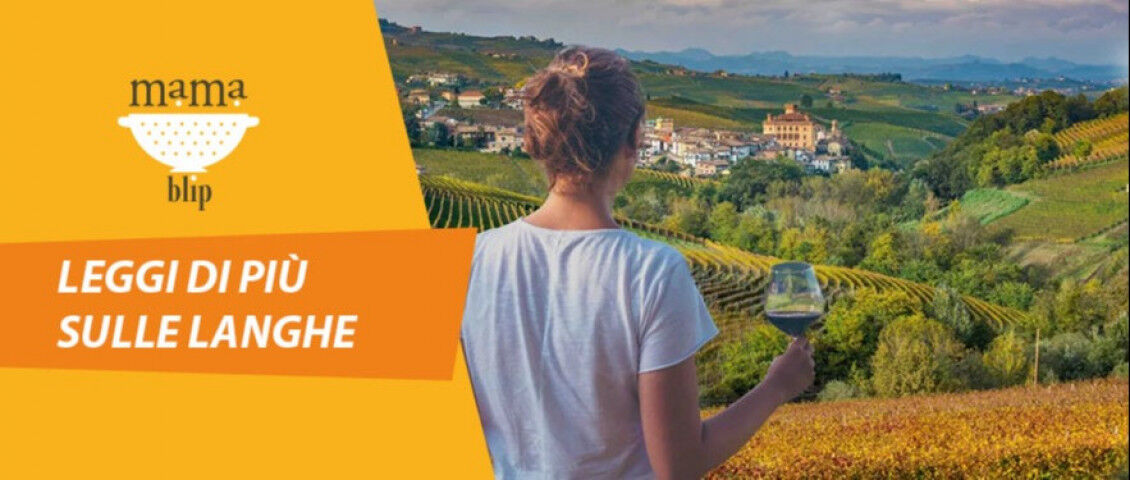
all.sign in to leave a review
